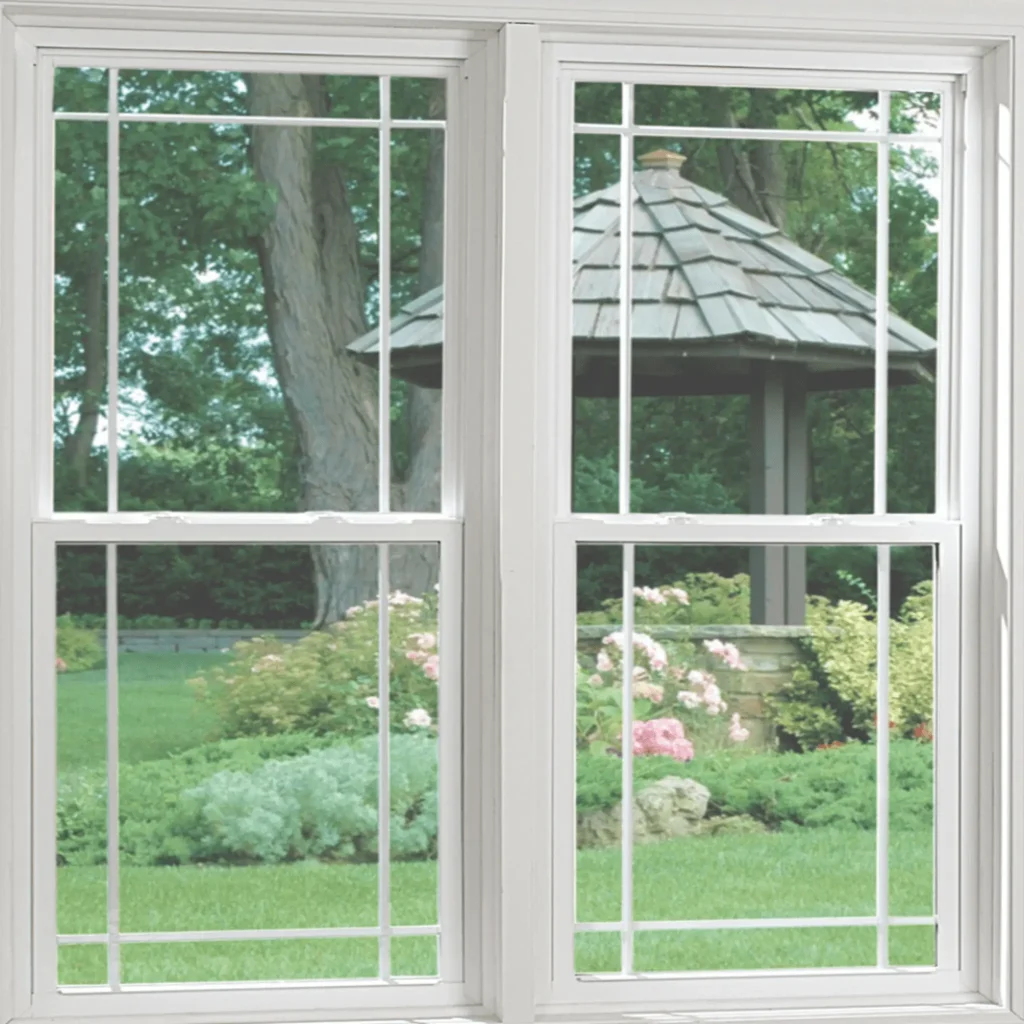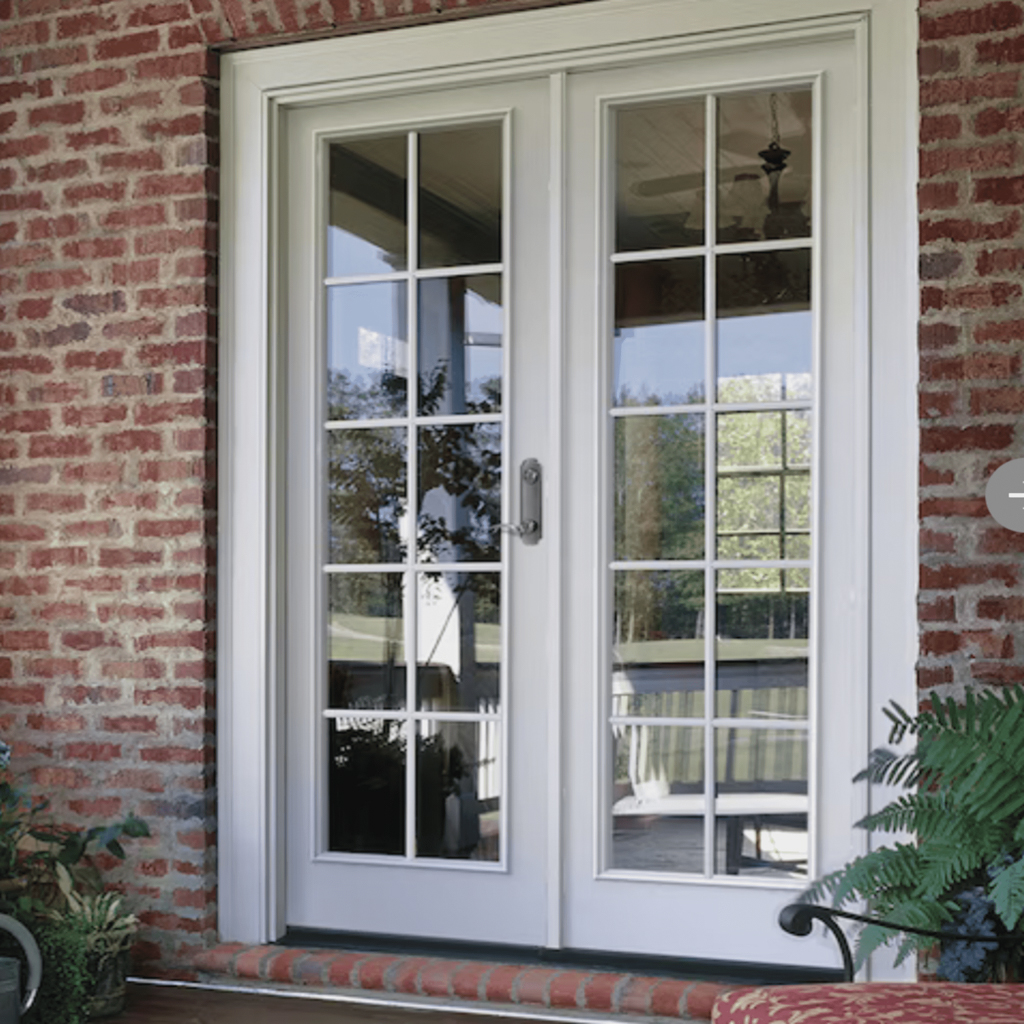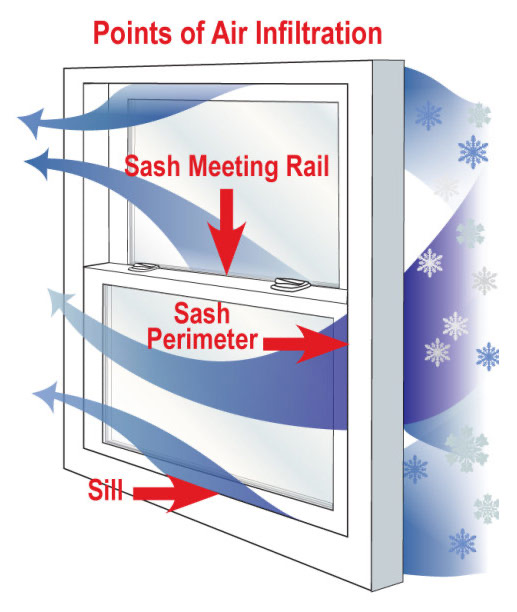Introduction:
When we think about creating a comfortable and energy-efficient home, we often focus on insulation, efficient appliances, or renewable energy sources. However, one crucial factor that is often overlooked is air infiltration. This often-unseen phenomenon can have a significant impact on both our comfort and our energy bills. In this blog post, we will explore what air infiltration is, why it matters, and how to address it to create a healthier, more energy-efficient living space.
What is Air Infiltration?
Air infiltration refers to the unintentional movement of air into and out of a building through cracks, gaps, and openings in its structure. These can occur in various places such as doors, windows, electrical outlets, or even tiny gaps around plumbing fixtures. When outside air enters a home, it can bring unwanted heat, moisture, or pollutants and disrupt the indoor climate.
The Impact of Air Infiltration:
1. Energy Loss: Uncontrolled air infiltration can increase your heating and cooling costs significantly. Infiltrating cool air in summer and warm air in winter forces your HVAC systems to work harder to maintain the desired temperature, leading to increased energy consumption and higher utility bills.
2. Comfort Issues: Unwanted drafts caused by air infiltration can create discomfort for occupants. These drafts, often felt around doors and windows, can make it difficult to maintain a consistent and comfortable indoor temperature. Some areas in the house may feel cooler or warmer than others, leading to complaints and the need for additional heating or cooling devices.
3. Indoor Air Quality: Along with unconditioned outdoor air, airborne pollutants, dust, pollen, and even pests can enter your home through leaks. This can negatively impact indoor air quality and contribute to health issues like allergies, asthma, or respiratory problems.
Addressing Air Infiltration:
1. Identify Leaks: Begin by inspecting your home for potential sources of air leaks. Check windows, doors, vents, electrical outlets, pipes, and any other areas where gaps or cracks may exist. Consider employing professionals or performing a blower door test to detect hidden leaks throughout the house accurately.
2. Weatherstripping and Caulking: Once identified, seal the leaks using weatherstripping and caulk. Weatherstripping is ideal for sealing gaps around windows and doors, while caulk is effective for sealing cracks in walls and other stationary structures. Applying these materials correctly can improve energy efficiency and eliminate air drafts.
3. Insulation: Proper insulation is crucial for preventing air infiltration. Adding insulation to your walls, attic, and floors can create an additional barrier for air to leak through, reducing both energy loss and drafts.
4. Window Upgrades: Consider replacing old, inefficient windows with energy-efficient ones. Double or triple glazed windows with low-emissivity coatings can significantly reduce air infiltration and improve thermal insulation.
Conclusion:
Addressing air infiltration is a vital yet often overlooked aspect of creating a comfortable and energy-efficient living space. By identifying and sealing leaks, adding proper insulation, and upgrading windows when necessary, you can significantly reduce energy loss, improve comfort, and enhance indoor air quality. Taking these steps now will not only save you money on energy bills but also contribute towards a healthier and more sustainable home for years to come.



